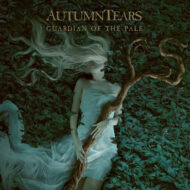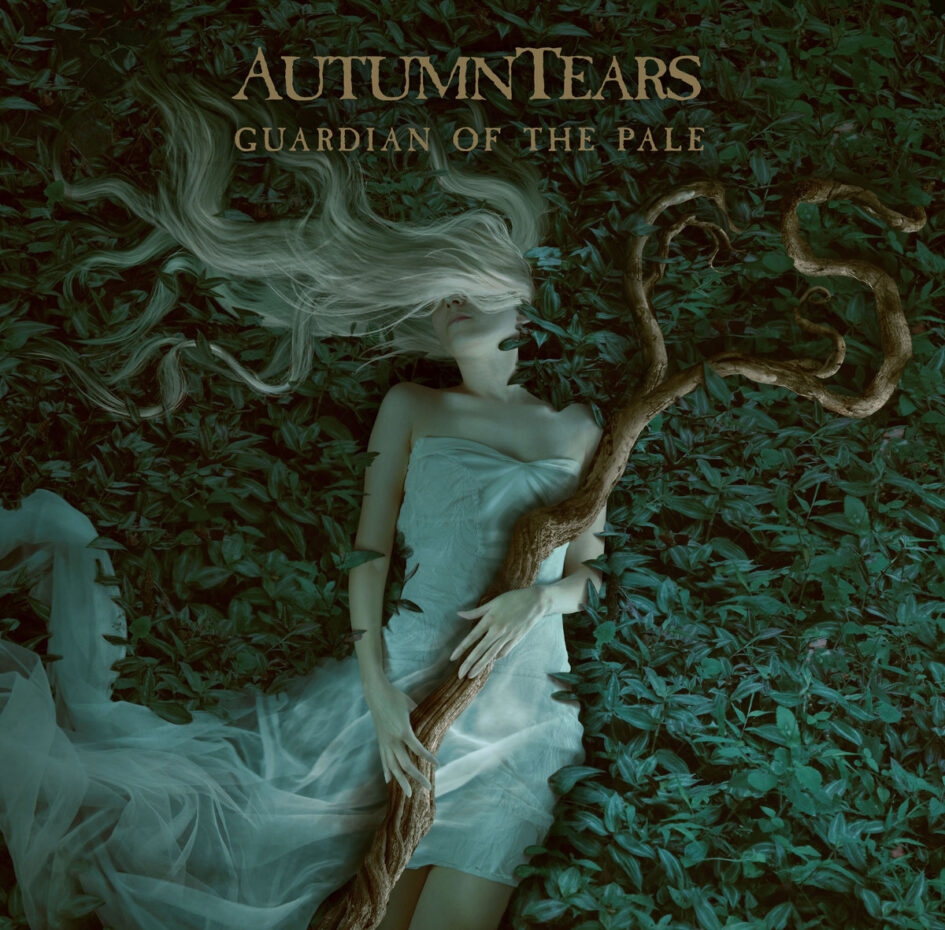 Many, many years ago, when I was still young and daft enough to go all over the Midlands for gigs and make mad dashes for last trains/trams/buses etc, I saw Korpiklaani play JB’s in Dudley. There were nine of Korpiklaani at the time, and while the stage at JBs wasn’t a shoebox by any means, it also hadn’t been built with bands like Korpiklaani in mind. I went down the front to get a couple of photos to go with my review, and found the front row essentially running a betting pool as to which of the band (all in varying stages of inebriation) would fall off the stage first.*
Many, many years ago, when I was still young and daft enough to go all over the Midlands for gigs and make mad dashes for last trains/trams/buses etc, I saw Korpiklaani play JB’s in Dudley. There were nine of Korpiklaani at the time, and while the stage at JBs wasn’t a shoebox by any means, it also hadn’t been built with bands like Korpiklaani in mind. I went down the front to get a couple of photos to go with my review, and found the front row essentially running a betting pool as to which of the band (all in varying stages of inebriation) would fall off the stage first.*
In Autumn Tears, we find a band that I don’t think would actually fit on the average stage to begin with, never mind having the space to do anything as outlandish as play instruments on it. The full roster of this classical dark-wave extravaganza includes 70+ individuals, and the PDF in the press pack contains the images of 40 of them. Basically, imagine all of the metal bands we’ve met over the years that have aspired to an orchestral sound, and stick an actual (albeit relatively small) orchestra in the middle. And not just in terms of line-up – the sound here is every bit as expansive as the roster, and I’m having to take notes to keep track of all the musical touchstones here.
First off, before we get into the sprawling tangle of genres on display here, if you have an aversion to big orchestral music, classical or not, this probably isn’t for you, and that’s ok. Autumn Tears isn’t going to be everyone’s thing, and if you don’t have at least one favourite artist/composer/genre that involves an orchestra, you’ll be starting on the back foot to put it mildly. That said, research has proved multiple times that, however counterintuitive it sounds, there is generally quite a lot of crossover between metalheads and classical/orchestral music. This comes down more on the classical/orchestral side, but the crossover in appeal is still relevant. Essentially, take one A Forest of Stars (circa Corpse of Rebirth), add 2tsp essence of the Kronos Quartet or similar, throw a few more classical instruments into the mix, tone down the melodramatic Victorian misery a touch (leave plenty in though), and remove most of the lurid psychedelia and fuzzy, scuzzy black metal influence. Freeze in deepest melancholy for a couple of centuries, and you’re not a million miles away from Autumn Tears.
As I suspect is going to become a theme in these reviews, because it also applies to an awful lot of my music tastes generally, a lot of people are going to love or hate this on first listen. Much like the sweaty afternoon at Damnation 2011 where I was first entranced by A Forest of Stars, I’m squarely in the former camp on my first playthrough. I do prefer the more overt weirdness of A Forest of Stars, but this is still very much in my wheelhouse.
Straight out of the gate we’ve got vague, ethereal vocals and strings that set the tone for the rest of the album with Old Tree, leading into Of Wind, Water and Sand, the first real stand-out track. This is full of delicate piano, chanting and a surprisingly compulsive beat that isn’t all that far off something like Alcest’s Sur l’autre rive je t’attendrai, albeit without the all-consuming wall of sound that is Neige’s trademark. A Requiem For Each New Day sounds like something vaguely elvish out of Lord of the Rings, with gently cooing vocals, some low-key operatics and pretty (but also pretty forgettable) lyrics and melodies. Daydreaming in Ash Fields is in the same vein, but with more straight folk influences – I can almost hear Maddy Prior’s distinctive intonation in places, but overall it doesn’t really go anywhere specific. Also, if you remember the brief period back in the day, where every second TV ad had a random bit of operatic climax playing over the top (The Flower Duet from Lakmé was a favourite), there’s a bit towards the end of this track that sounds uncannily like that.
Lunatic Poetry has vocals that wouldn’t sound out of place at the weaker end of any A Forest of Stars album you care to mention, but with a soothing enough overall vibe to cancel out any potential menace or tension that might result and make things really interesting. Still The Wonder Lingers is essentially what some of the earlier tracks are aspiring to, where the dreamy vocals and delicate melodies come together to create something that’s genuinely gorgeous to listen to. From this point onwards, there aren’t really any surprises, as it carries on in much that same vein as the first half. The Clairvoyant is a cut above, with passages that have a hymnic quality to them, and The Sound of Withering is one of the better tracks, but if you’ve read the last two paragraphs, you’ve got the gist of the rest of the album.
Don’t get me wrong, this is a decent album in many ways, and I do like quite a lot of it. There are some beautiful moments here, and I’ve already earmarked a few tracks to enter into regular rotation, but there’s a lot here that doesn’t really stand out, or stands out in the wrong ways. The repetitive, stuttering backing vocals in Lavender Mist are actually quite annoying in places if I’m being brutally honest, and they’re also incongruous enough in this setting that they jolt the listener straight out of whatever atmosphere or ambiance has been created up to that point. Now, this is my first encounter with Autumn Tears, and it could be that the mostly-straight Neoclassical with occasional bits of experimentation makes sense in the context of their back catalogue, but in some ways this album doesn’t quite come together for me. I keep wanting this album to either commit to the experimental aspects enough to make them a feature of the music (as opposed to occasional jolts back to reality that make you go “Wait, what? Why would you do that?”) or just run with the gentle Neoclassical melancholy that’s already there.
I once reviewed an album (Psyopus – Our Puzzling Encounters Considered) with exactly the opposite problem to Guardian of the Pale, where a band had gone so far into experimental territory that what they produced wasn’t so much an album as a sprawling collection of peculiar (and often annoying) noises, with no cohesive musical thread to hold them together. Guardian of the Pale, on the other hand has a uniting thread that is strong to the point of being redundant and repetitive in places, which makes the few forays into the unorthodox sound out of place. Which is a shame, because when this album is good, it’s really good. For instance, once the title track gets past an intro that sounds like an orchestra playing something out of Sonic the Hedgehog (no shade intended to Masato Nakamura: I grew up on Sega), it’s a superb, uplifting climax to the album. But then there are tracks that really don’t need to be here, and some of the gems here would shine all the brighter if the whole thing was shorter, tighter, more coherent, and more confident in being what it wants to be, whichever end of the spectrum that is.
Ultimately, this is an album that can’t decide if it wants to be avant-garde and offbeat, or lilting orchestral melancholy with a side order of Victorian melodrama, and the overall score will reflect that (plus a couple of points clawed back by tracks like Still the Wonder Lingers), but don’t let that put you off finding the good bits for yourself.
*Cane, which won’t come as a massive surprise to most Korpiklaani fans. He saved it and just about stayed on though.
(7.5/10 Ellie)

Leave a Reply